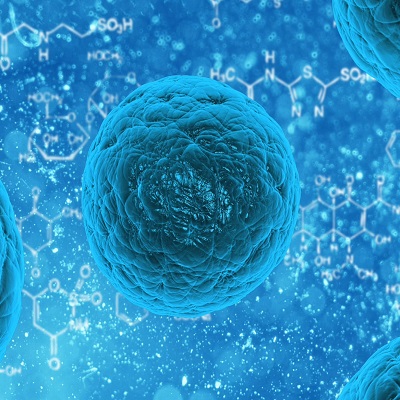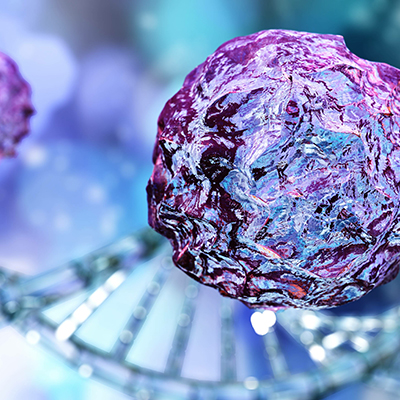August 26, 2022 -- University of Cambridge and California Institute of Technology researchers have created synthetic embryos with a brain, beating heart, and the foundations of other organs from mouse stem cells, helping to understand why some embryos fail while others go on to develop into a fetus as part of a healthy pregnancy.
The project, details of which were published on August 25 in the journal Nature, resulted in a mouse embryo model that closely mirrors natural mouse embryos 8.5 days after fertilization but was made without eggs or sperm.
By studying what happens in the early stages of embryo development, the researchers believe they can shed light on the processes involved in the failures of pregnancies, as Magdalena Zernicka-Goetz, PhD, professor of biology and biological engineering at the California Institute of Technology, explained in a statement.
"This period of human life is so mysterious, so to be able to see how it happens in a dish -- to have access to these individual stem cells, to understand why so many pregnancies fail and how we might be able to prevent that from happening -- is quite special," Zernicka-Goetz, who led the team, said. "We looked at the dialogue that has to happen between the different types of stem cells at that time -- we've shown how it occurs and how it can go wrong."
Working with colleagues at the University of Cambridge and California Institute of Technology, Zernicka-Goetz assembled stem cell-derived embryos in vitro from mouse embryonic stem cells (ESCs), trophoblast stem cells (TSCs), and inducible extraembryonic endoderm stem cells (iXEN). Combining ESCs with TSCs and iXEN, which give rise to the yolk sac and placenta, enabled the team to create embryos that develop all brain regions, setting the project apart from models that lack extraembryonic tissue.
The resulting synthetic embryos have head folds with defined forebrain and midbrain regions, a beating heart-like structure, a trunk with a neural tube, a tail bud containing neuromesodermal progenitors, a gut tube, and primordial germ cells. The embryo develops in an extra embryonic yolk sac that initiates blood island development.
To demonstrate the applicability of the model to the study of neurodevelopment, the scientists knocked out a gene, Pax6, that is essential to the formation of the neural tube that precedes the emergence of the nervous system. Knocking out Pax6 resulted in synthetic embryos that have the same defects in brain development as animals with the mutation, suggesting applying the approach to genes with unknown functions could generate insights into their role in neurodevelopment.
The researchers are also applying the techniques used to generate the synthetic embryos to human cells with a view to creating organs that can be used to study the mechanisms behind crucial processes. Such studies are impossible to perform in real embryos in the U.K. because of a law that prohibits research using human embryos after the 14th day of development.
In the future, if the methods developed by Zernicka-Goetz's team are shown to be successful with human stem cells, she contends they could also be used to help development of synthetic organs for patients awaiting transplants.
"There are so many people around the world who wait for years for organ transplants," said Zernicka-Goetz. "What makes our work so exciting is that the knowledge coming out of it could be used to grow correct synthetic human organs to save lives that are currently lost. It should also be possible to affect and heal adult organs by using the knowledge we have on how they are made."
Copyright © 2022 scienceboard.net








